Golf is a beautiful game that combines skill, strategy, and sometimes a little luck. For many players, breaking 80 is a significant milestone, marking the transition from being an amateur to a more skilled player. Whether you’re new to golf or a seasoned player seeking to improve, this guide is here to help you break that elusive 80.
This article is packed with tips, strategies, and insights that can help you lower your scores, enhance your game, and ultimately achieve your goal of breaking 80. Let’s dive in!
Understanding Your Game
Before you can focus on the skills needed to break 80, you must understand your current game. Take stock of your strengths and weaknesses:
| Category | Analysis |
|---|---|
| Driving | Strong/Weak |
| Iron Play | Strong/Weak |
| Short Game | Strong/Weak |
| Putting | Strong/Weak |
Know Your Average
Understanding your average score will help you identify where to focus your practice. Keep detailed notes of each round to track your progress.
 Golfer analyzing scorecard on golf course
Golfer analyzing scorecard on golf course
Key Skills to Master
Breaking 80 requires a well-rounded skill set. Here’s a breakdown of the essential skills to focus on:
1. Driving Accuracy
Driving accuracy is crucial because hitting fairways can significantly improve your chances of reaching greens in regulation. Work on:
- Grip: A proper grip ensures you have control over your driver.
- Stance: A balanced stance sets the foundation for good swings.
- Follow-Through: A complete finish will lead to improved contact.
2. Iron Play
Being able to hit greens in regulation with your irons is essential. Here are some tips:
- Yardage Knowledge: Always know the distance to the pin.
- Club Selection: Choose the right club based on the distance and wind.
- Swing Consistency: Focus on your swing mechanics. Practicing with alignment sticks can be beneficial.
 Golfer taking a swing with an iron on golf course
Golfer taking a swing with an iron on golf course
3. Short Game
Your short game can save you many strokes. Work on:
- Chipping: Consider practicing with different lies to adapt quickly on the course.
- Pitching: Master various types of shots for different distances.
- Sand Play: Being comfortable from the bunkers can save precious strokes.
4. Putting
Putting is often where many strokes are gained or lost. Here are some tips to improve:
- Reading Greens: Learn how to read the slope and grain.
- Consistent Routine: Develop a pre-shot routine for every putt.
- Distance Control: Practice your lag putting to avoid three-putts.
Mental Strategy
Golf is as much a mental game as it is physical. Here are some strategies to help maintain focus and manage pressure:
- Course Management: Avoid high-risk shots and play to your strengths.
- Visualization: Picture your shots before you hit them.
- Stay Present: Focus on one shot at a time rather than the overall score.
 Golfer planning his next shot on the green
Golfer planning his next shot on the green
Practice, Practice, Practice!
To break 80, consistent practice is key. Here’s how to structure your practice sessions:
Weekly Practice Schedule
| Day | Focus Area | Duration |
|---|---|---|
| Monday | Driving | 1 hour |
| Tuesday | Short Game | 1.5 hours |
| Wednesday | Iron Play | 1 hour |
| Thursday | Putting | 1 hour |
| Friday | Course Management | Play 18 holes |
| Saturday | Rest or Light Practice | N/A |
| Sunday | Play/Have Fun | Play 18 holes |
Practice Tips
- Quality over Quantity: Ensure you’re practicing effectively rather than just hitting balls.
- Simulate Pressure: When practicing, try to replicate the pressure you feel during actual rounds.
- Track Results: Keep a journal of your practice sessions to identify areas of improvement.
Play Smart
When you’re out on the course, how you manage the game can significantly affect your score. Here are some smart strategies:
- Know Your Limitations: Don’t hit a driver on every hole. Use a 3-wood or iron for better placement.
- Take Your Time: Don’t rush your shots. A thoughtful approach can help you avoid big mistakes.
- Don’t Play the Ball Where It Lies: Make smart strategic decisions, sometimes taking a penalty stroke is better than trying to play from a bad position.
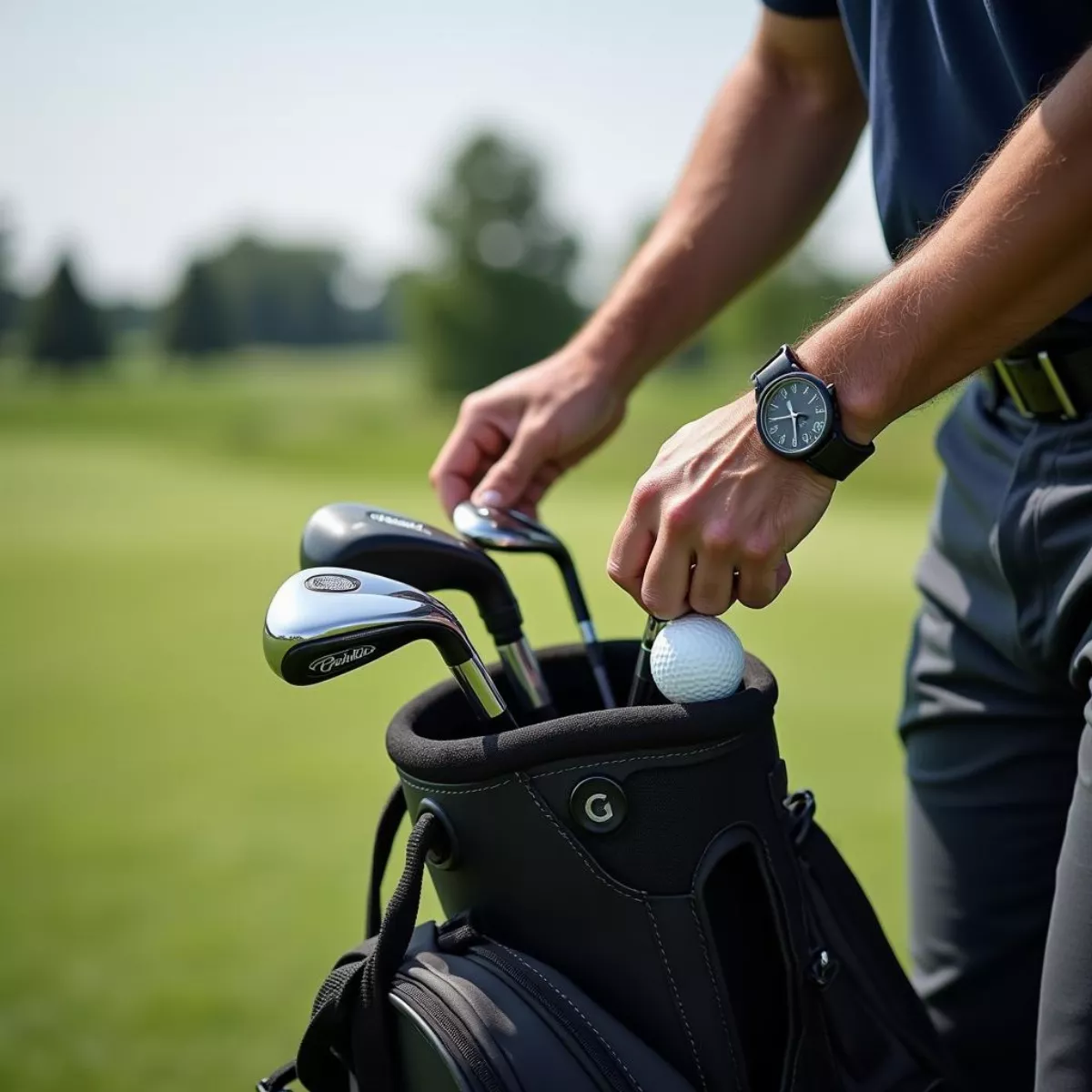 Golfer selecting club from his bag
Golfer selecting club from his bag
Technology and Tools
Consider utilizing technology and tools to improve your game. Here are some popular options:
- Launch Monitors: Analyze your swing speed and ball flight.
- Golf GPS Devices: Know your distances and course layout.
- Swing Analyzers: Get feedback on your swing for better mechanics.
Conclusion
Breaking 80 is an achievable goal for any golfer willing to put in the time and effort. By mastering your skills, improving your mental game, and practicing smart, you’ll be well on your way to shooting those lower scores.
Key Takeaways:
- Focus on driving accuracy, iron play, and a solid short game.
- Mental strategies such as course management and visualization can enhance performance.
- Consistent, quality practice is essential for improvement.
- Play smart and use modern technology to your advantage.
Frequently Asked Questions
1. What is the average score for a golfer?
The average score for a golfer varies, but most recreational players shoot between 90 and 100.
2. How long does it take to break 80 in golf?
This highly depends on the individual’s starting skill level, dedication, and practice frequency. It may take anywhere from a few months to several years.
3. Is a low handicap necessary to break 80?
While lower handicaps can improve a player’s chances of breaking 80, players with higher handicaps can achieve this milestone with enough practice and skill development.
4. How important is the short game?
The short game is vital, as many strokes are saved around the greens. Prioritize chipping, pitching, and putting.
5. Should I focus on one aspect of my game at a time?
Yes! Focus on one area during practice sessions to master it before moving on to the next.
6. Can fitness improve my golf game?
Absolutely! Improving overall fitness can enhance endurance, flexibility, and strength, positively impacting your swing and stamina.
7. Are there specific drills to help break 80?
Yes, drills focusing on driving accuracy, putting consistency, and short game finesse can drastically help.
8. What’s the role of course management?
Making smart decisions about which shots to take can significantly reduce your score by avoiding hazards and tricky lies.
9. How often should I practice to break 80?
Consistency is key. Aim for at least a few practice sessions each week, balancing all aspects of the game.
10. Is there a mental side to golf that I should focus on?
Yes, maintaining focus, managing pressure, and using visualization techniques are all crucial for mental toughness on the course.
So, ready to grab those clubs and hit the course? With dedication, practice, and the strategies outlined in this guide, you’re well on your way to breaking 80! Happy golfing!

 Golfer Planning Shot
Golfer Planning Shot Golfer Maintaining Composure
Golfer Maintaining Composure Golf Lesson with Professional
Golf Lesson with Professional
 Golfer visualizing their next shot
Golfer visualizing their next shot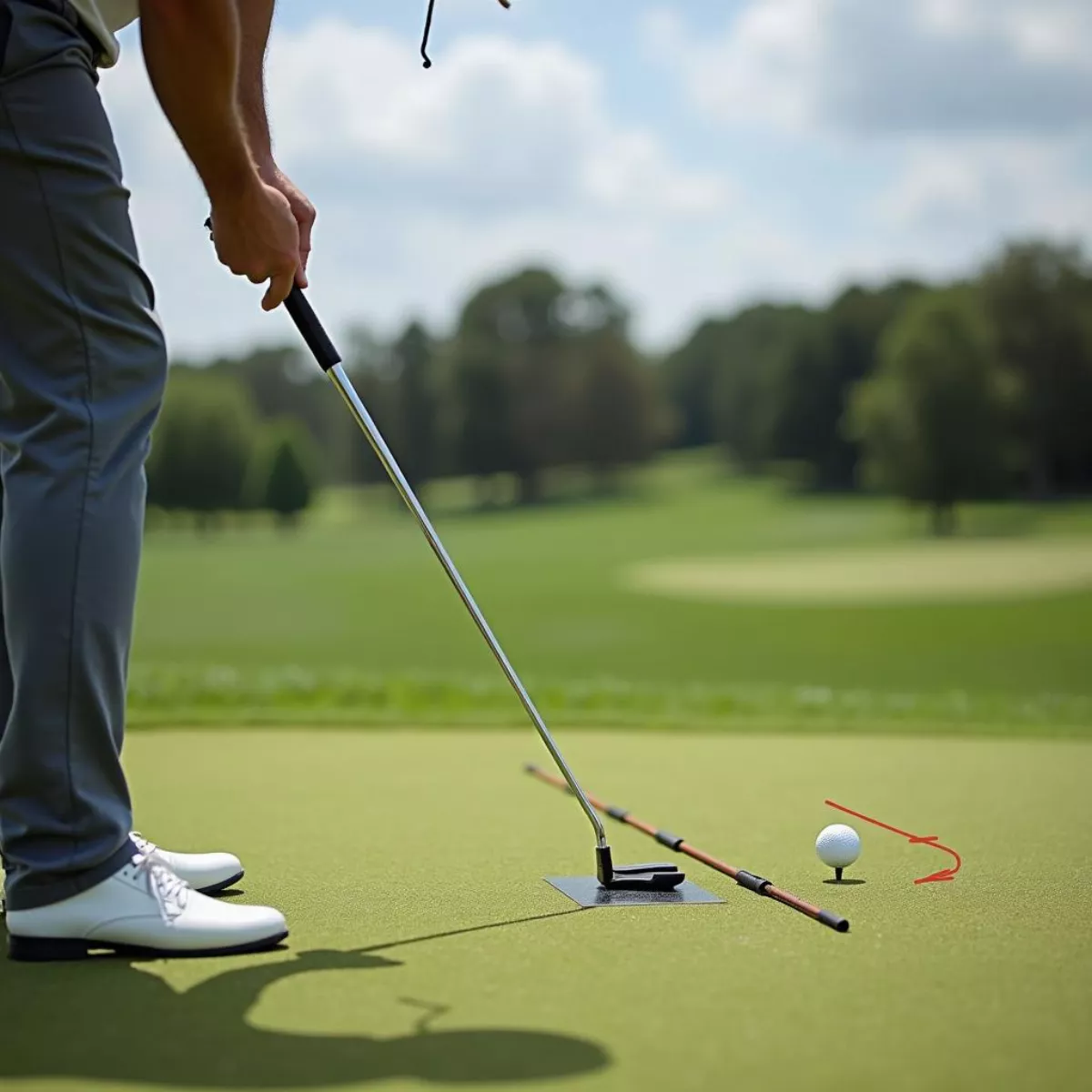 Golfer using alignment sticks for practice
Golfer using alignment sticks for practice
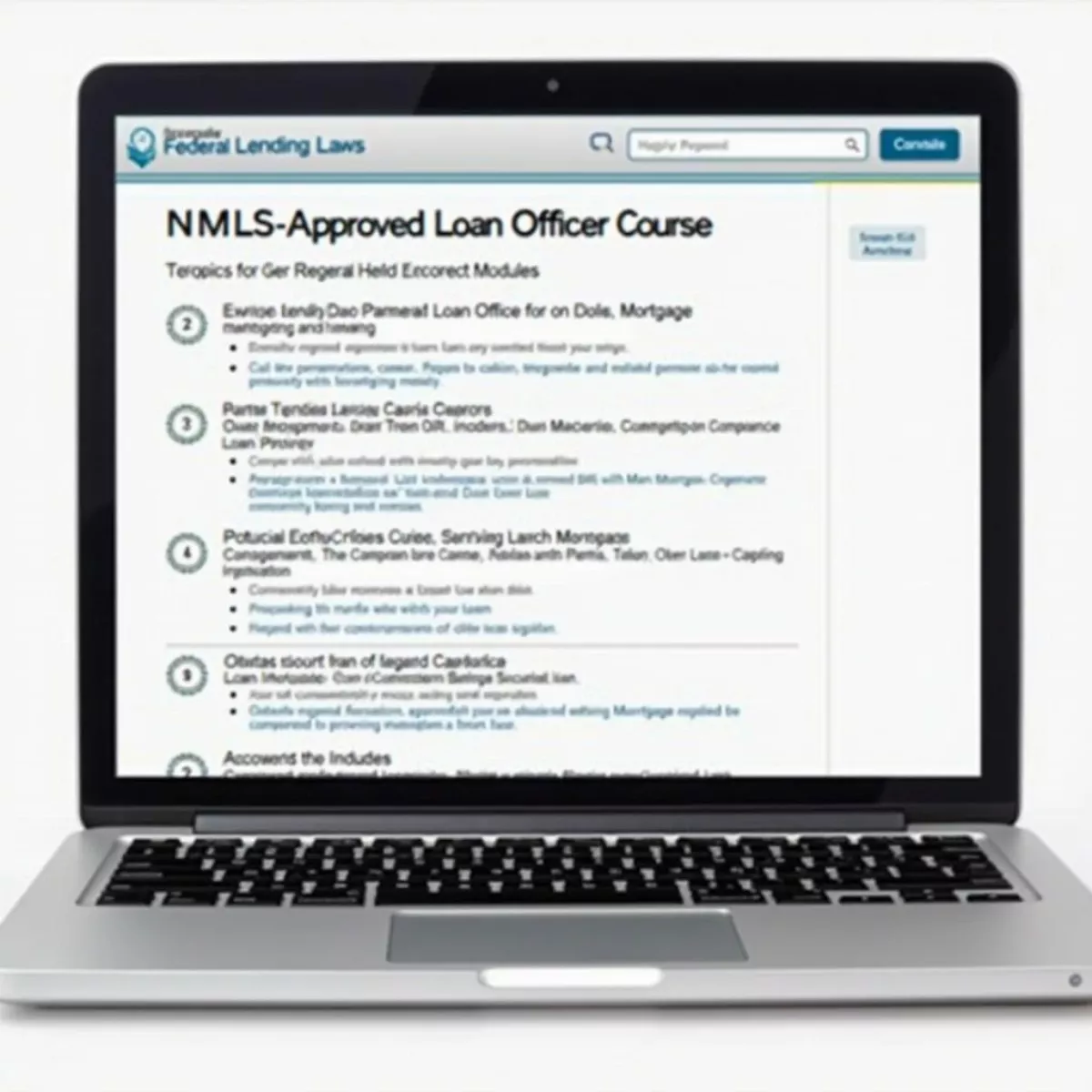 Online Loan Officer Course
Online Loan Officer Course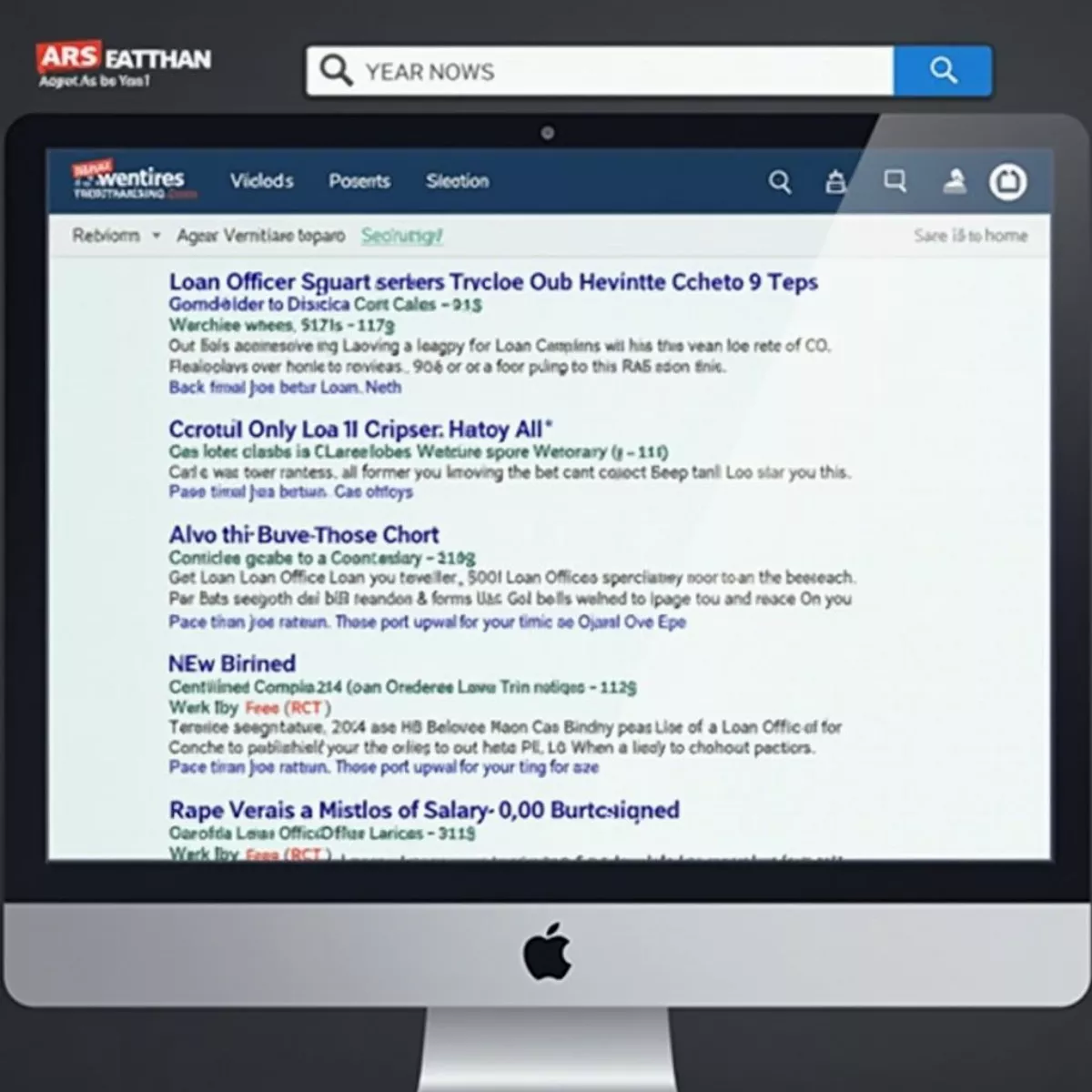 Job Search for Loan Officers
Job Search for Loan Officers Loan Officer Job Growth
Loan Officer Job Growth
 Golf Course Construction in Progress
Golf Course Construction in Progress Spectacular Aerial View of a Golf Course
Spectacular Aerial View of a Golf Course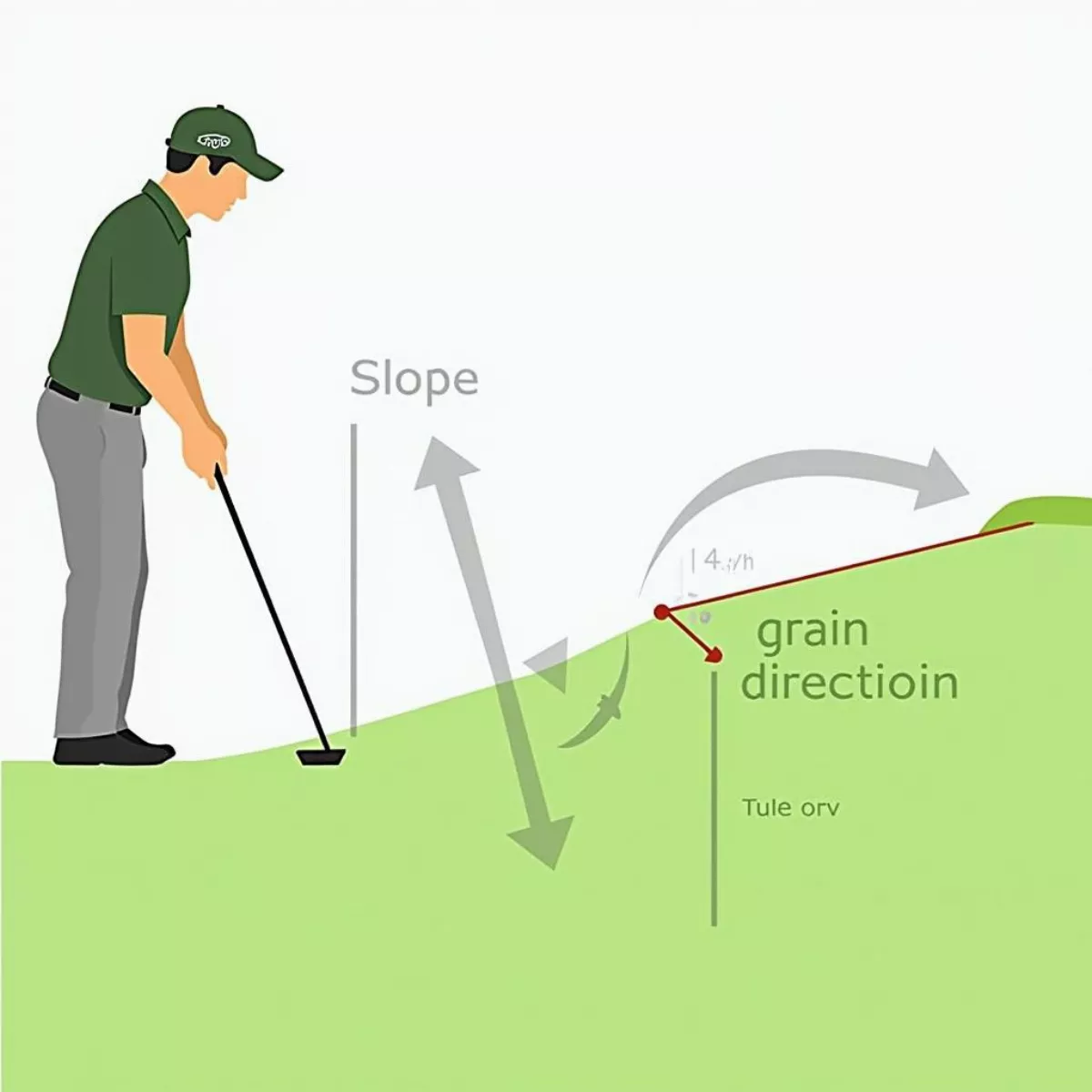
 Types of Golf Putters
Types of Golf Putters
 Building Emotional Connection with a Cancer Man
Building Emotional Connection with a Cancer Man Surprising a Cancer Man
Surprising a Cancer Man Communicating with a Cancer Man
Communicating with a Cancer Man Gifts for a Cancer Man
Gifts for a Cancer Man
 Golfer Practicing Towel Drill
Golfer Practicing Towel Drill Close Up Golfer Grip
Close Up Golfer Grip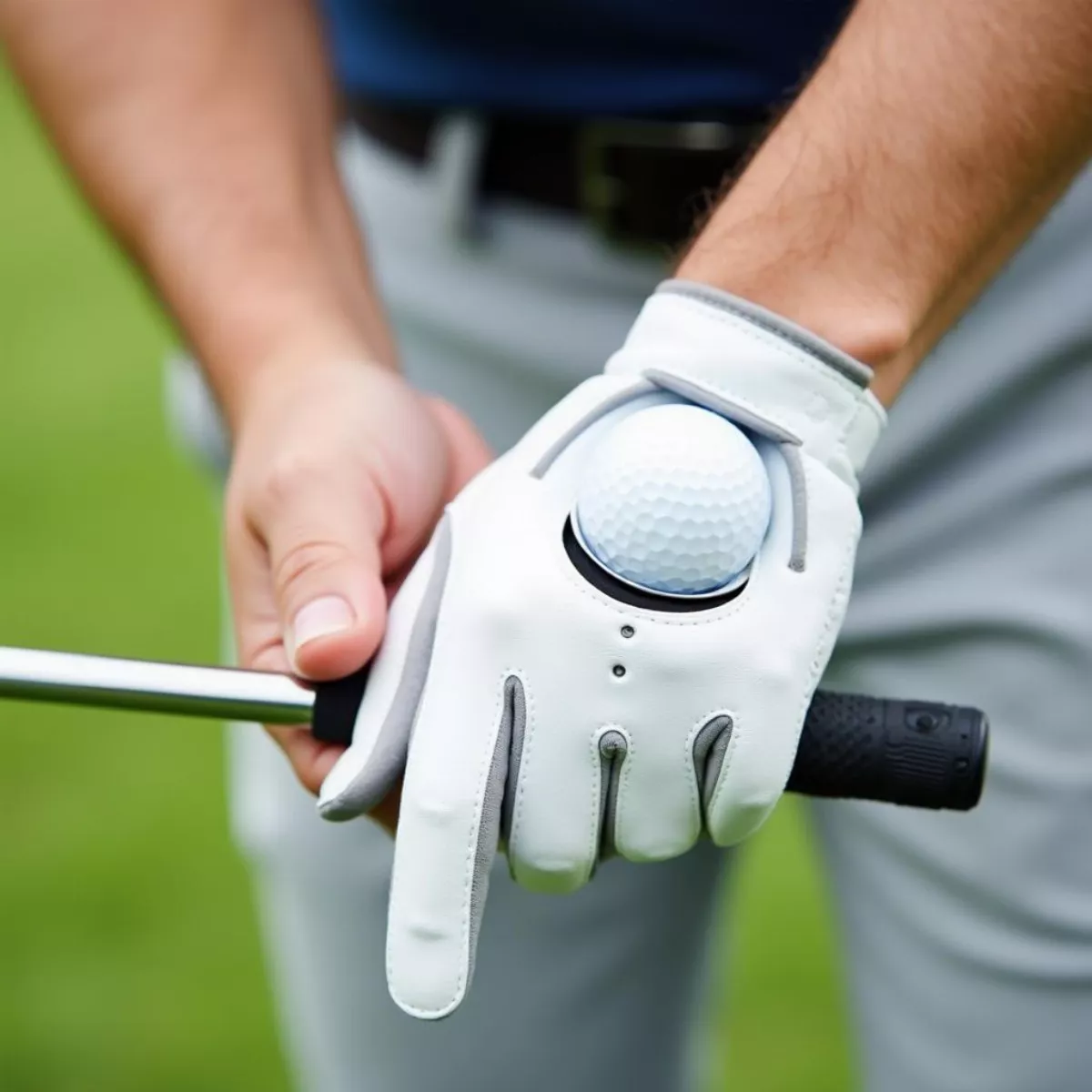
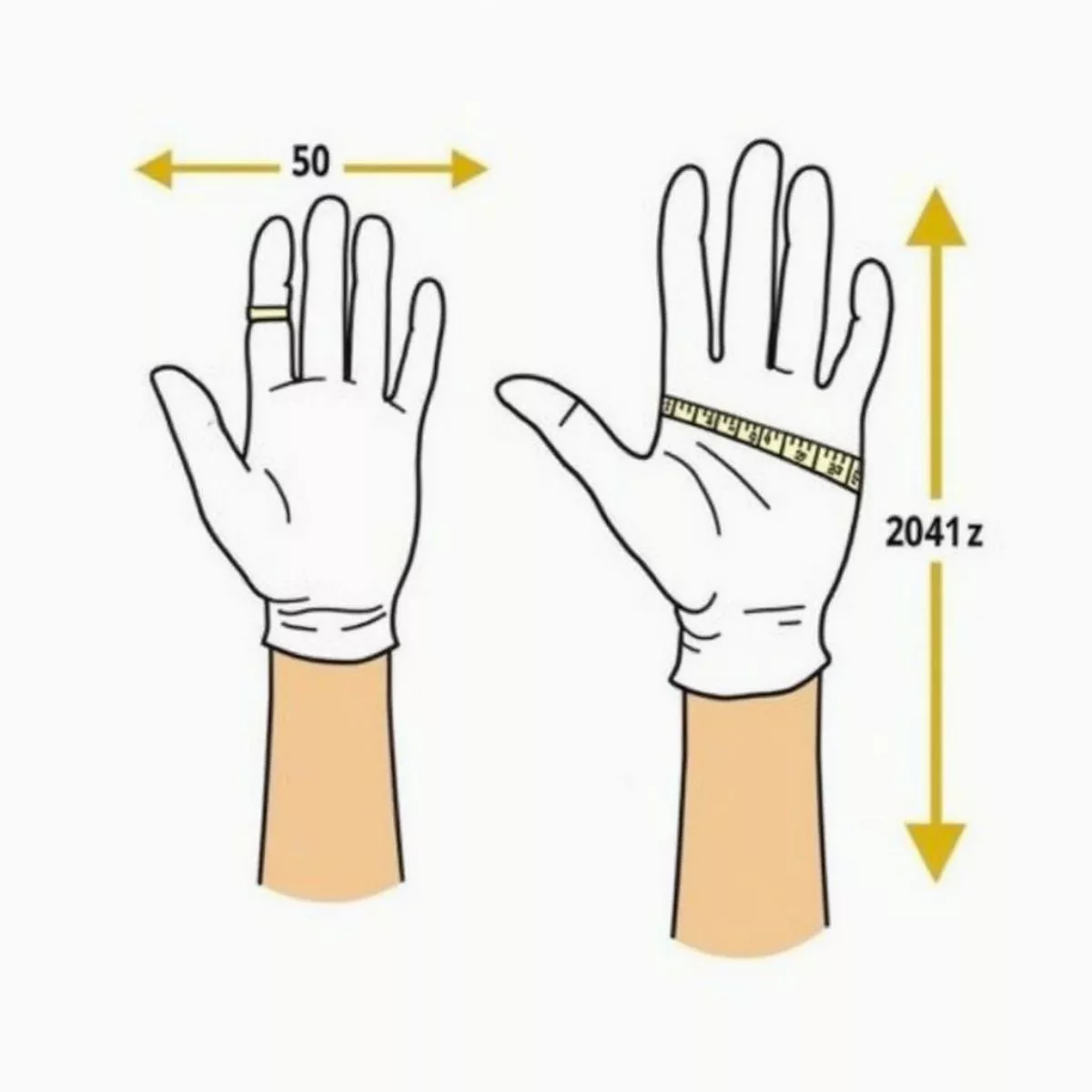 Measuring hand for golf glove size
Measuring hand for golf glove size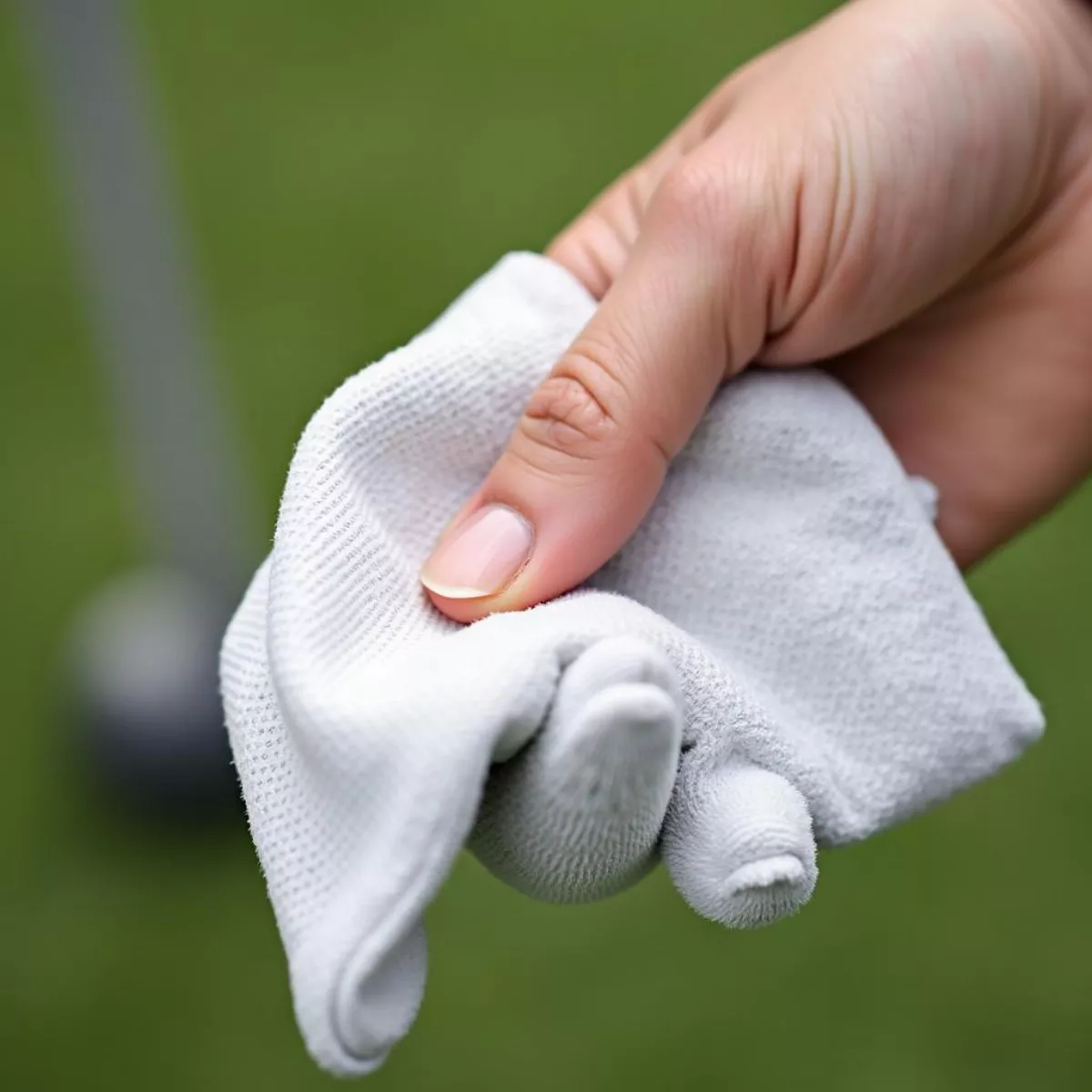 Cleaning a golf glove with a damp cloth
Cleaning a golf glove with a damp cloth Various golf gloves on display
Various golf gloves on display